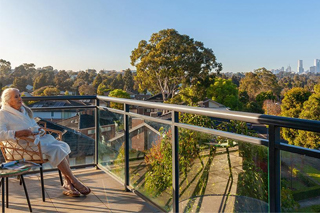Retiring by the water, such as a lake or river, can be an attractive option for many seniors. Here are some pros and cons to consider:
Pros:
- Scenic views: Living by the water can offer beautiful and relaxing views, promoting a peaceful and calming atmosphere.
- Outdoor activities: Waterfront living can provide easy access to outdoor activities such as fishing, boating, and swimming, which can promote an active and healthy lifestyle.
- Reduced stress: The sound of water has been shown to have a calming effect on the mind and body, reducing stress and promoting relaxation.
Cons:
- Weather risks: Waterfront living can come with risks, such as flooding or storms, which can be costly and dangerous.
- Limited services: Living by the water can often mean being far from essential services such as healthcare or grocery stores.
- Maintenance: Living by the water requires additional maintenance, such as protecting the property against water damage and erosion.
Ultimately, the decision to retire by the water will depend on your personal preferences and circumstances. It's important to carefully consider the pros and cons and to consult with financial and healthcare advisors to ensure that your retirement plan is sustainable and meets your needs.
Search for retirement villages in:
- Australian Capital Territory
- New South Wales
- Northern Territory
- Queensland
- South Australia
- Tasmania
- Victoria
- Western Australia
Article posted:Jun 20, 2022 Category: Life by the water









